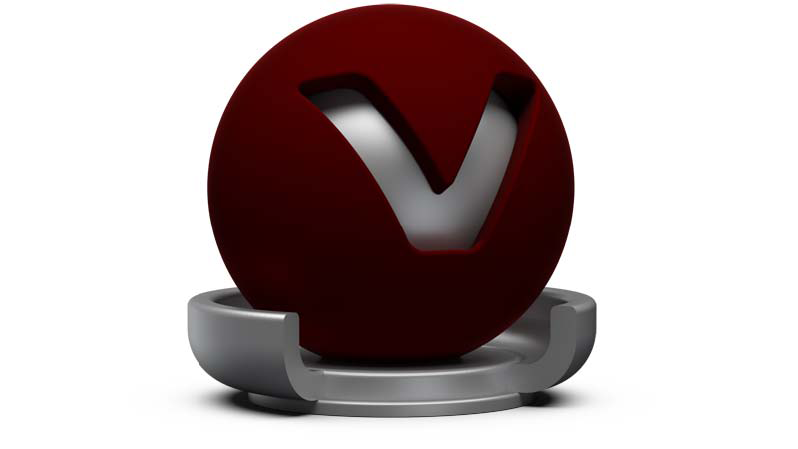Velvet

The Velvet material imitates the behavior of a velvet or satin-like material by darkening the regions of an object where the surface points almost directly to the viewer and brightening at its edges (where the surface is viewed at grazing angles).
Video captions: Create a velvet material and assign it to your geometry. The Diffuse Color defines the diffuse base color of a material. The Roughness controls the roughness of the material. The smaller the value, the sharper the highlight. The higher the roughness, the more diffuse and softer the reflection of light behaves on the material. Darkening controls the intensity of the diffuse component. Values above 1 darken the material, while the values below brighten it up. All this is linked to the viewing angle. The more directly you look at a face, the less this effect becomes visible. Falloff controls the glossy component, which is dependent on the viewing angle and effects the edges of objects.
Velvet Material
Diffuse Color - Defines the base color by setting the shader diffuse reflection color. This is the color the shader takes on when the light reflection of the surface is spread in many directions. Use the slider to change the brightness. Click the color field on the right to open the color chooser. Assigning a texture to the diffuse color projects it onto the surface. The appearance is a combination of the defined color and the assigned texture.
Glossy Color - Sets the material’s color for surfaces glossy reflections. Use the slider to change the brightness. Click the color field on the right to open the color chooser. Assigning a texture to the glossy channel defines areas in which different gloss intensities appear with the help of a texture. The glossy color depends finally on both the defined color and the assigned texture file.
Darkening - Controls the intensity of the diffuse component. The default darkening value of 1.0 corresponds to a perfectly diffuse surface. Higher values than 1.0 darken the material and lower values lighten it up.
Falloff - Controls the glossy component, which depends on the viewing angle and affecting the edges of the objects.
Texture
Texture Mode - Defines how a texture is placed on the surface, whether it uses UV Coordinates or Triplanar projection. By using UV coordinates, there are no other parameters to be set. Using the Triplanar Texture Mode, the following options are available:
- Edge Blend - Sets the range for overlapping areas of the planar projection.
- Texture Size X, Y - Defines the textures size on the X-/Y-axis. Enter the width and height of the texture in millimeters. Only available with the mapping type - UV and Use Texture Size selected or with the mapping type - Triplanar.
- Uniform Repeat - Synchronizes the repetition value for all projection axes. If selected, the repeat factors of the x, y, and z axes of the triplanar texture projection are linked.
- X Repeat UV - Sets the UV repeat factors for the x-axis of the triplanar texture projection.
- X Offset UV - Sets the UV offset for the x-axis of the triplanar texture projection.
- X Rotate - Sets the rotation value for the x-axis texture coordinates of the triplanar texture projection.
- Y Repeat UV - Sets the UV repeat factors for the y-axis of the triplanar texture projection.
- Y Offset UV - Sets the UV offset for the y-axis of the triplanar texture projection.
- Y Rotate - Sets the rotation value for the y-axis texture coordinates of the triplanar texture projection.
- Z Repeat UV - Sets the UV repeat factors for the z-axis of the triplanar texture projection.
- Z Offset UV - Sets the UV offset for the z-axis of the triplanar texture projection.
- Z Rotate - Sets the rotation value for the z-axis texture coordinates of the triplanar texture projection.
For further information on the other attributes, see the following: